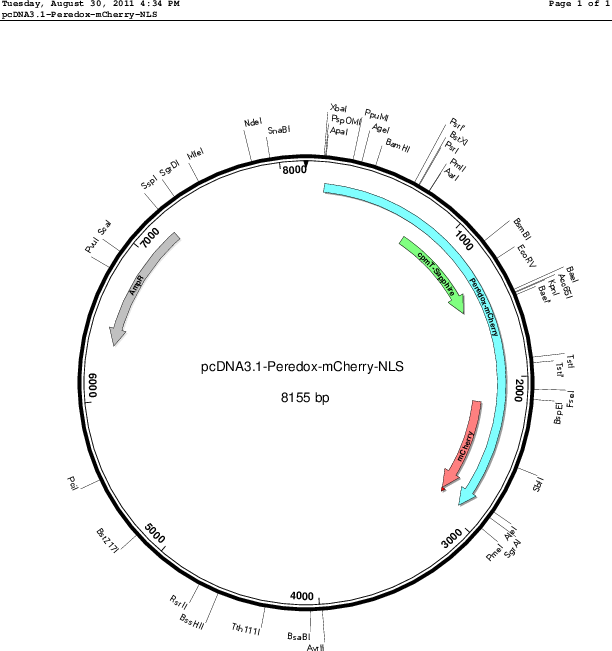


Thus, different from neurogenesis and axon guidance, overall synapse formation represents not only a developmental process but also an ongoing mechanism of circuit reconstruction throughout life. Other brain areas, such as the sensory cortex, exhibit a lower rate of synapse elimination and formation, but here too synapses turn over continuously ( Attardo et al., 2015 Qiao et al., 2016). Strikingly, ∼40% of synapses on CA1 region neurons are eliminated and reformed in 4 d, with nearly all replaced in a matter of weeks ( Attardo et al., 2015 Pfeiffer et al., 2018 Wiegert et al., 2018). In some brain areas, most notably the CA1 region of the hippocampus, synapses are replaced at a high rate. Synapses are continuously remodeled, eliminated, and newly formed throughout life. Moreover, although overall synapse numbers are stable when an animal reaches adulthood, synapses themselves are not. In the human cortex, for example, a phase of rapid synapse formation during the first decade of life is followed by a prolonged period of elimination that decreases the total number of synapses by ∼50% ( Huttenlocher et. In mammals, a remarkable phase of exuberant synapse formation during the postnatal period produces a vast excess of synapses that are subsequently pruned. Most synapse formation in vertebrates occurs postnatally after neurons have migrated to their final positions in the brain, elaborated dendritic arbors, and extended axons to their target regions. In fact, no specific intracellular signaling pathway has been shown at this point to be required for synapse formation in any system, although regulatory mechanisms such as ubiquitination were demonstrated to contribute to synapse stability ( Collins et al., 2006 Russo et al., 2019 Wan et al., 2000). Key adhesion molecules in synapse formation, such as latrophilins ( Sando and Südhof, 2021 Araç and Li, 2019 Südhof, 2018), were recently identified, but the intracellular signals that drive synapse formation are poorly understood ( Sanes and Yamagata, 2009 Ribic and Biederer, 2019 Lie et al., 2018 de Wit and Ghosh, 2016 Südhof, 2021 Nusser, 2018). Synapse formation is likely controlled by activation of surface receptors such as adhesion molecules that stimulate intracellular signal transduction pathways. Synapse formation is tightly orchestrated to achieve the concisely coordinated development of pre- and postsynaptic specializations, leading to the precise assembly of neural circuits. Given that postsynaptic latrophilin adhesion-GPCRs drive synapse formation and produce cAMP, we suggest that spatially restricted postsynaptic cAMP signals organize assembly of postsynaptic specializations during synapse formation. Retrograde trans-synaptic rabies virus tracing revealed that postsynaptic cAMP signaling is required for continuous replacement of synapses throughout life. In vivo, suppression of postsynaptic cAMP signaling in CA1 neurons prevented formation of both Schaffer-collateral and entorhinal-CA1/temporoammonic-path synapses, suggesting a general principle. We show that locally restricted suppression of postsynaptic cAMP levels or of cAMP-dependent protein-kinase activity severely impairs excitatory synapse formation without affecting neuronal maturation, dendritic arborization, or inhibitory synapse formation. Here, we describe new tools, referred to as “SynTAMs” for synaptic targeting molecules, that enable localized perturbations of cAMP signaling in developing postsynaptic specializations. Although numerous signals are known to regulate synapses, it remains unclear which signaling mechanisms organize initial synapse assembly. The physiological mechanisms driving synapse formation are elusive.


 0 kommentar(er)
0 kommentar(er)
